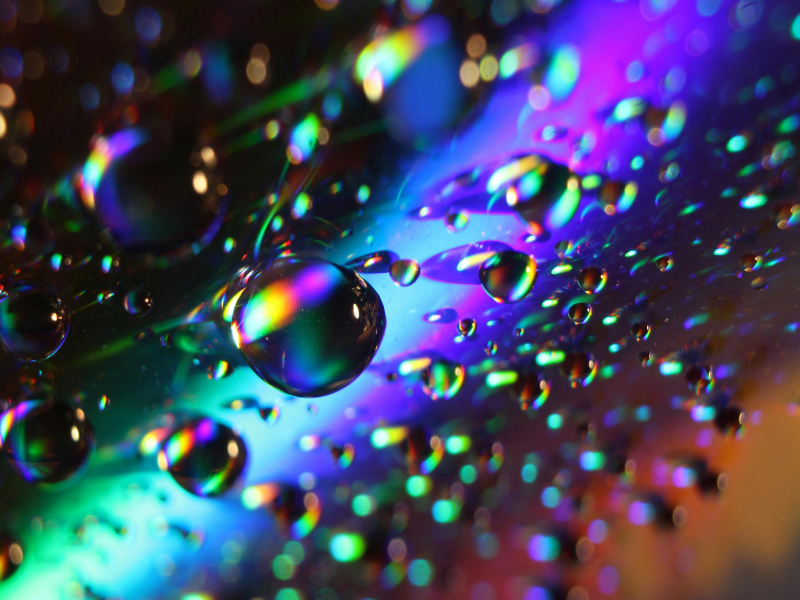
© image: Image by Gosia K on Pexels
I believe
Please note that this blogpost was already present on my artistic website and dates back to some years ago. I still think it is relevant nowadays.
Fragments Of a Discourse On Art and Spirituality.
“If God were not beautiful, I would not seek him. I seek him because he is beautiful.” (Aïvanhov).
[…] A spiritual attitude, something quite different from religiosity, which is based on the observance of practices and ideas handed down by divine order, is the willingness to grasp what goes beyond ordinary experience. It is the ability to see the extraordinary in the ordinary, therefore even a non believer can have a spiritual life, as long as s/he does not hide behind preconceived ideas, which make noticing anything other than what is considered possible totally impossible. Is this not a definition of creativity?
Creativity is normally deemed as a productive process, which, on the basis of a brilliant idea, produces something new. On the contrary, creativity is a receptive process: it is accepting what already exists and which must only be brought to light. Intuition, which occurs without us realizing it, is the moment of maximum creativity, when an aspect of reality that was never noticed before suddenly emerges, without neither effort nor intention on our part. It can be a technical application or a mathematical relationship, a melody or a moving form, a combination of colours or a building, a new way of life or a thought that has no form because it derives from an experience of meditation: it is not what we see that is essential in creativity, it is that internal movement of availability that makes the difference.
It is true, there are real active technical process (writing, painting, making music, singing, dance, cinema, sculpture, mathematics, embroidery, photography, mosaic, weaving, modelling, to mention only some of the most well-known and practised artistic fields) by which one exposes to others what emerged in the receptive phase: it is the process of elaborating and displaying in a concrete form, which requires practical years and experience and a lot of study, which are indispensable so that the artist can consciously choose the meaning of her/his intuition. What you pay to an artist is her/his wisdom in her/his field, possibly the material s/he employed, the time s/he used but you never pay her/his work of art: art is priceless, since it represents a fragment of infinity that fell to Earth thanks to the skill and availability of a very open person.
There are prejudices even about knowledge: it is usually believed to be an active process of accumulation of data, when in reality it is a receptive attitude: if we move to meet reality, we pass everything from the filter of the mind, which operates according to preferential paths based on value judgments and acquired ideas, and we must always pass everything by the senses. If, on the other hand, we accept the reality that emerges in us, we bypass the mind and get to things as they are. In this way, once acquired, we can learn to look at it in a new way. The effect of creativity is to establish unusual relationships: it comes from the ability to look at things from a non customary point of view.
What do spirituality and creativity have in common? Rigour, cleanliness, patience, acceptance, lack of judgment, availability to be surprised, observation, curiosity, respect for an order that responds to a non-linear logic, faithfulness to what one feels. Each of these characteristics is closely related to the others, all are necessary and none is random. When there is rigour there is the ability not to give in to excuses and not to make compromises, which allows one to always remain seriously anchored to our own feelings even when under pressure. Cleanliness makes it possible easily tuning in what is happening in one's mind: it is the absence of prejudices, it is a mind free from worries, it is simplicity of ways, it is balance and absence of ego. Patience helps in unsuccessful attempts and in the hard moments of boredom, pain and waiting, when the world seems to have become mute and hostile. Acceptance makes one ready to catch the unexpected in any way it manifests itself and solicitous towards whatever visits us, wayfarer, intuition, thought that may be. The ability to be surprises always keeps young, fresh, grateful for what is interesting, exciting, fascinating. The absence of judgment allows one not to misunderstand what is perceived and makes sure that important uncharted impressions and ideas are not lost. Availability makes one alert and wisely open to what befalls, with no expectations. Observation leads towards the general order that is being sought with a firm hand: it is the care for details that proves the true value of a man. Curiosity urges towards new areas of interest, which promise untested attractions and the pleasure of discovering a territory that is still unexplored. Respect for an order that does not correspond to anything known allows one to exercise her/his judgment consistently without falling into preconceived schemes. Finally, faithfulness to what one feels allows one to keep the core of one’s being, which is the first and last horizon of every human experience, intact.
Can we educate on spirituality, creativity and knowledge? And if so, by what means? Surely the human being is able to learn anything, if s/he is correctly educated, therefore it is possible to teach, if not spirituality, which is a strictly private affair, at least an attitude that leads to spiritual discovery, as well as creativity and knowledge. Indeed, more can be said: one can self-educate oneself about spirituality, creativity and knowledge without depending on external teachers and authorities, provided one knows how to do it. There are obligatory passages, which must be carried out with full and profound awareness, which cost effort and which cannot be made less tiring or shorter with artifices. In fact, one must develop an inner attitude.
To be a serious artist one must be a serious person. A serious person that takes life seriously, investigates it, observes it from every side, drinks it, tastes it, inhales it, plays with it and then, at a certain moment, discovers something so interesting that s/he leaves aside what s/he were doing and begins to create. To do this it is essential to cleanse oneself, so that what wants to emerge may emerge unhindered. One must be aware of her/his own value, of having something to say, of being able to do it and must be able to not fall into any of the clichés that have been built around the figure of the artist. In the same way one must be realistic and have an honest look at oneself, one's abilities and one's technical knowledge.
Equally essential it is knowing how to exercise a virgin gaze that refuses judgment, so that what creativity suggests to the artist is not spoiled by strange personal fixed ideas or annoying idiosyncrasies that disturb and distort what must be valid not only for her/him. The aim of art is to offer people glimpses of beauty and surprise that console, strengthen and make life more enjoyable. All that is too tied to our defects is an outlet, a therapy or an outburst of personal tensions and it is limited, whereas the artist’s limit is the universe.
Finally, in opposition to the wild spontaneity so much appreciated today, I believe we artists must do many experiments with the chosen artistic techniques, which must be careful and varied, so that we can create muscle memory (in the case of arts that express themselves through an activity of the body), or establish a habit that costs no effort as far as rhythm, intonation, phrasing are concerned (in the case of arts more akin to sound). Care must also be taken to ensure that we can master styles and materials with competence and freedom, so that we can automatically master the expressive means. In this way it will be possible to make conscious, sensible and expressively significant choices whether one decides to adhere to the styles of the preferred artistic current or whether one chooses to proceed independently. Obviously one must keep in mind that a technique is the instrument with which to get to expose what one wants to expose, it is never an end in itself. In this way the technical domain of expressive art, which does not represent a problem as it is with those with no previous experience, allows the artist to focus exclusively on listening to her/his own creative processes and on a more complete adherence to her/his intuitions.
In this way it is possible to go beyond the horrible opinions of today's society, which considers art to be only a historical-social expression, a product of the market like a good pair of shoes, a rather futile exercise of ingenious but absurd geniuses that at most may serve as a diversion for a Friday night. No, art is nothing like that. Making art is meditating with the whole body on the Divine. Making art is celebrating a private liturgy, so that making one's art available is inviting others to this sacred celebration. Making art is alchemically transforming pain into beauty, a reason for reflection and comfort. Making art means welcoming one's life, transforming it so that others can make it their life. Making art is a task that shakes the wrists. And yet it is done, in joy, in seriousness, with industriousness, with enthusiasm.
Making art means having to deal with beauty on a daily basis, calling her by name, inviting her to lunch and dinner, chatting with her when one is busy with human affairs. What is beauty and why is it so important? Beauty is order below disorder, variety below uniformity, consonance in chaos and communion in division. Beauty is the tangible sign of the presence of the Divine. Beauty is God's smile on Earth. Beauty is varied, it can be delicate and sweet or strong and powerful but it has always got something consolatory, something silvery, something fresh, something that makes us feel good. This is why I can say that there is no difference between beauty and love.
We all have the right to beauty. Beauty is our most inalienable right because beauty reminds us that everything is in the Divine, is by the Divine and is with the Divine. It IS the Divine made perceptible.
This is my creed, as a human being and as an artist. Which is the same thing, is it not?
With deep gratitude to JuliaCameron and her wonderful "The Artist's Way"
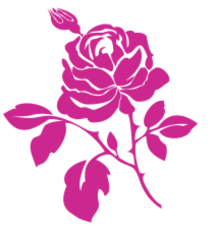
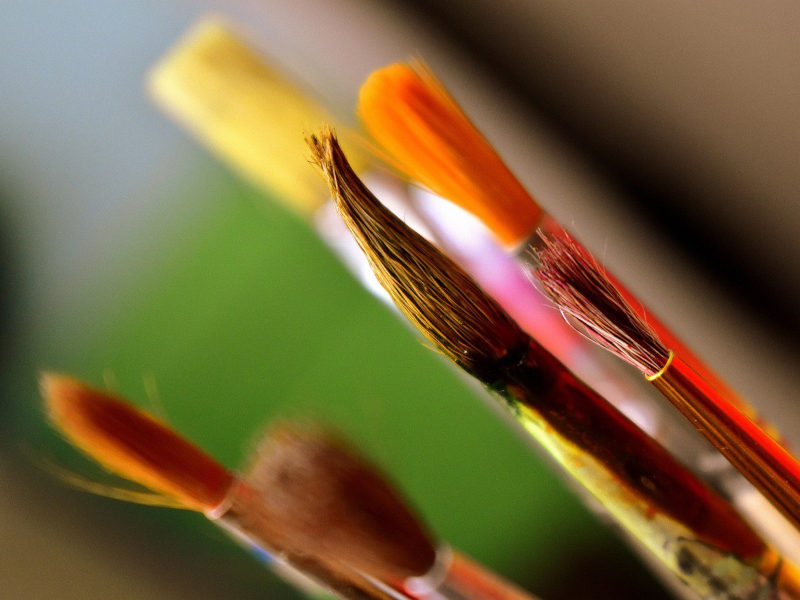
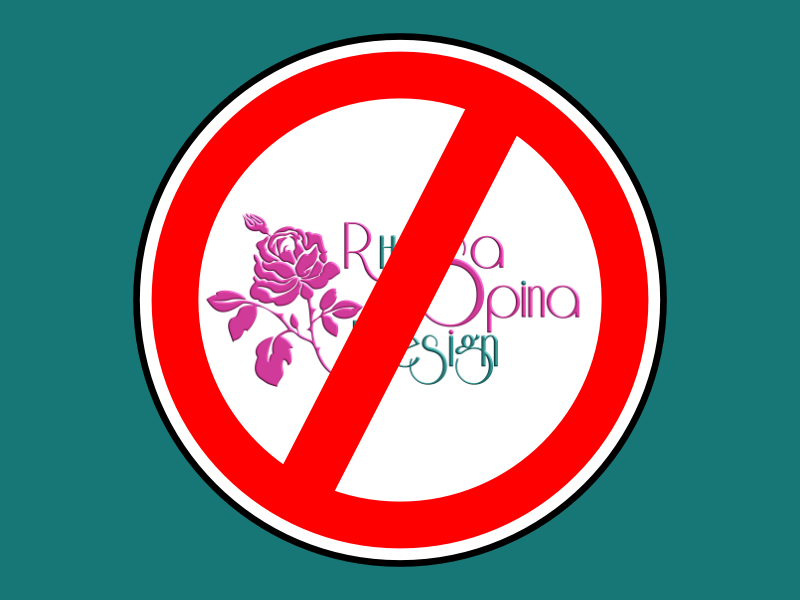
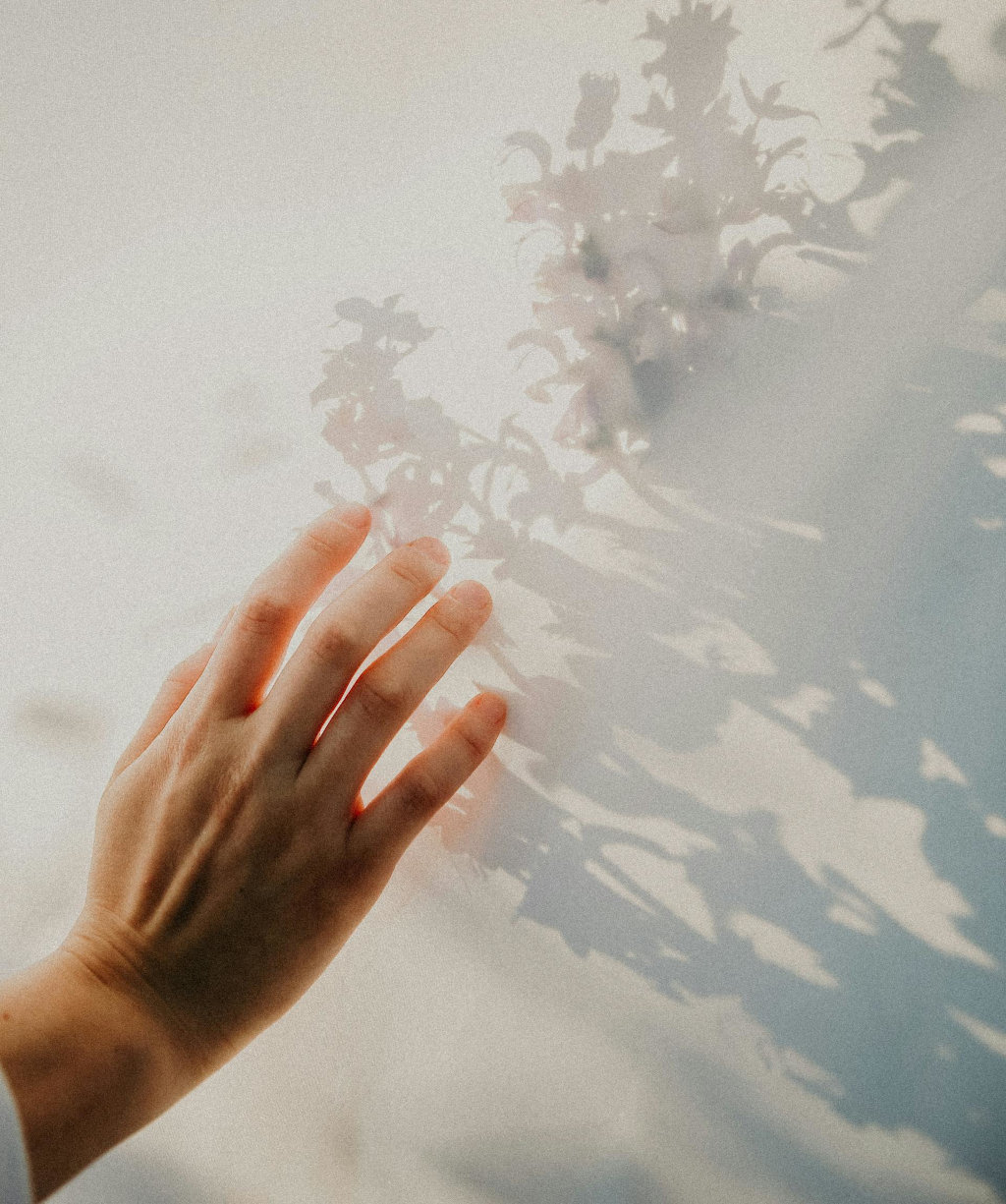
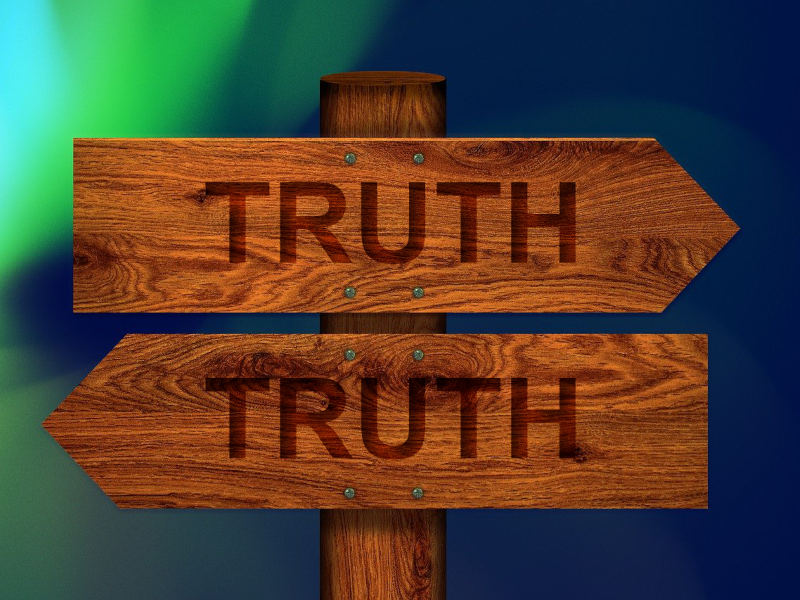

0 comments
Only site members can comment
If you want to leave a comment on the post you must be registered on the site, just a nick and an email.
Subscribe